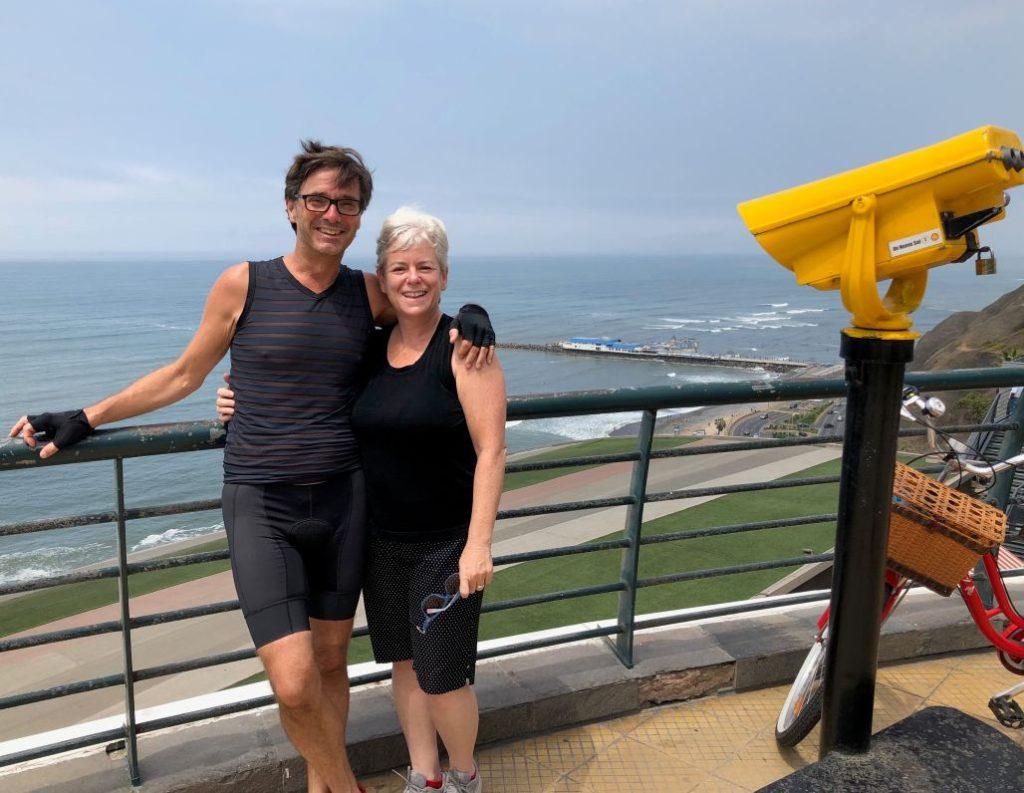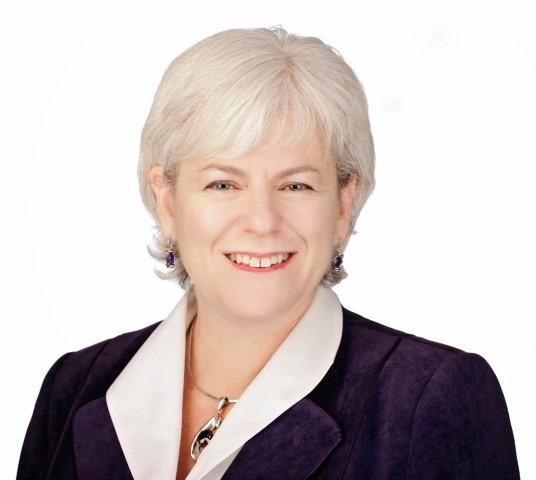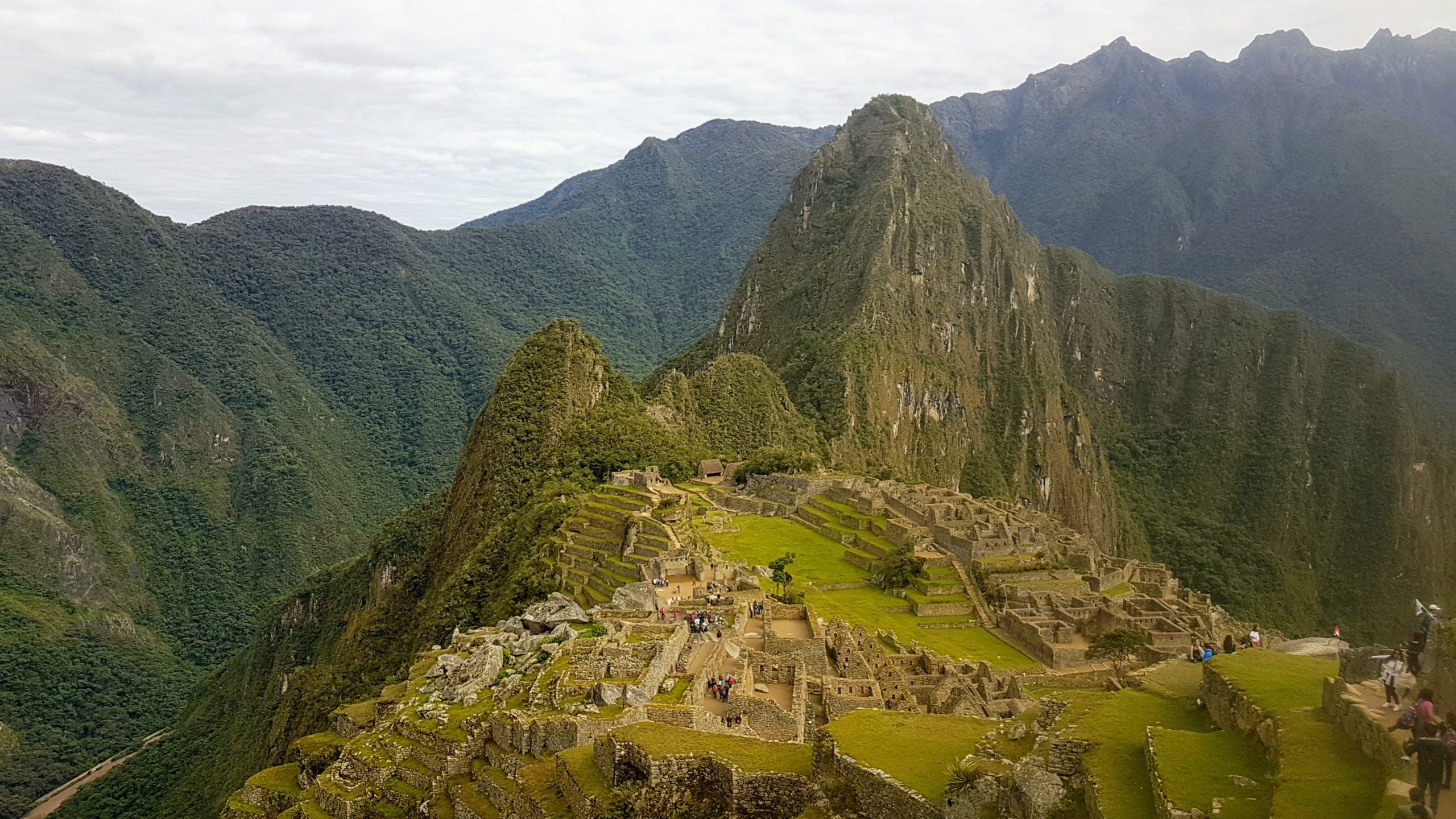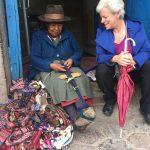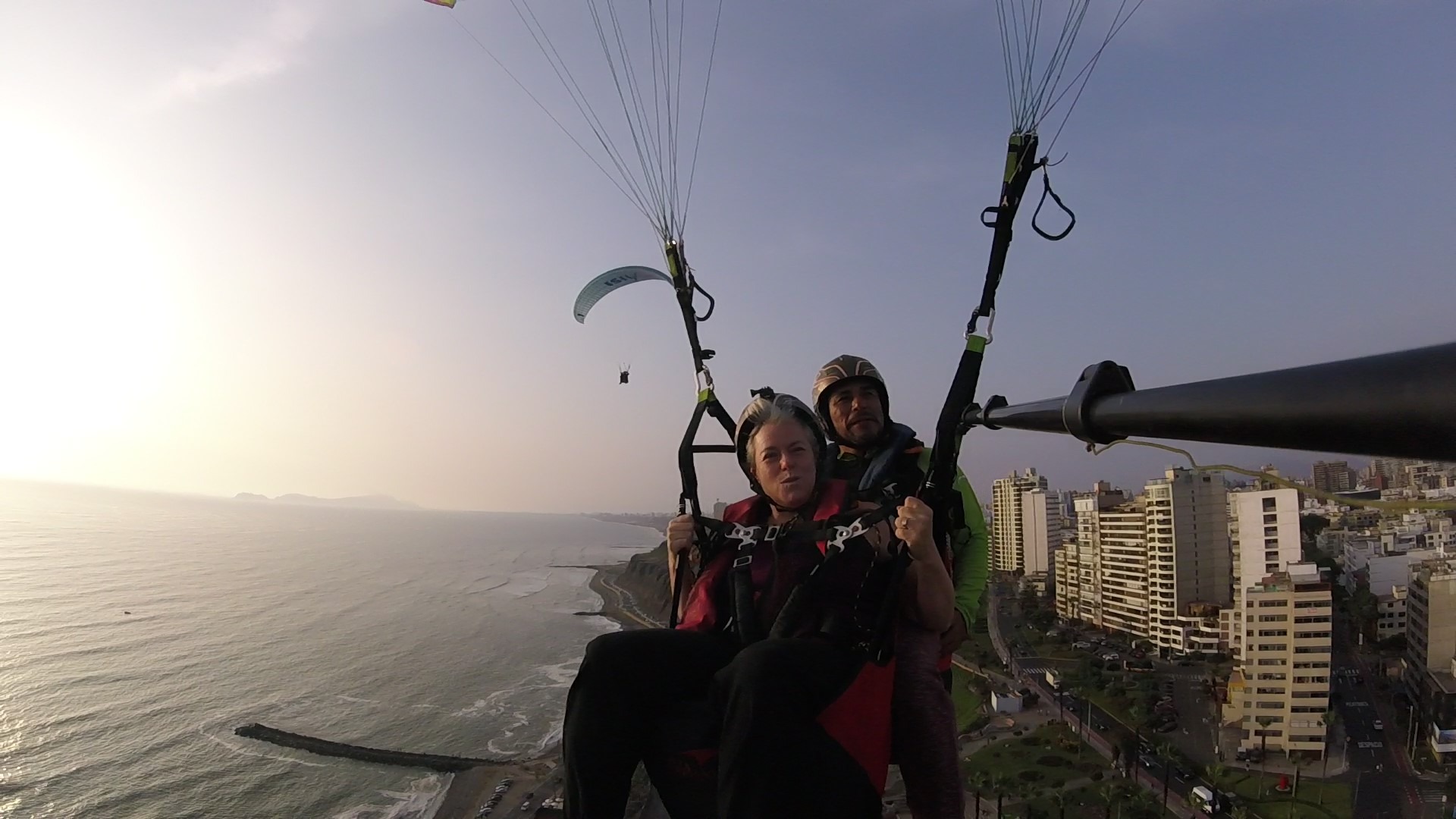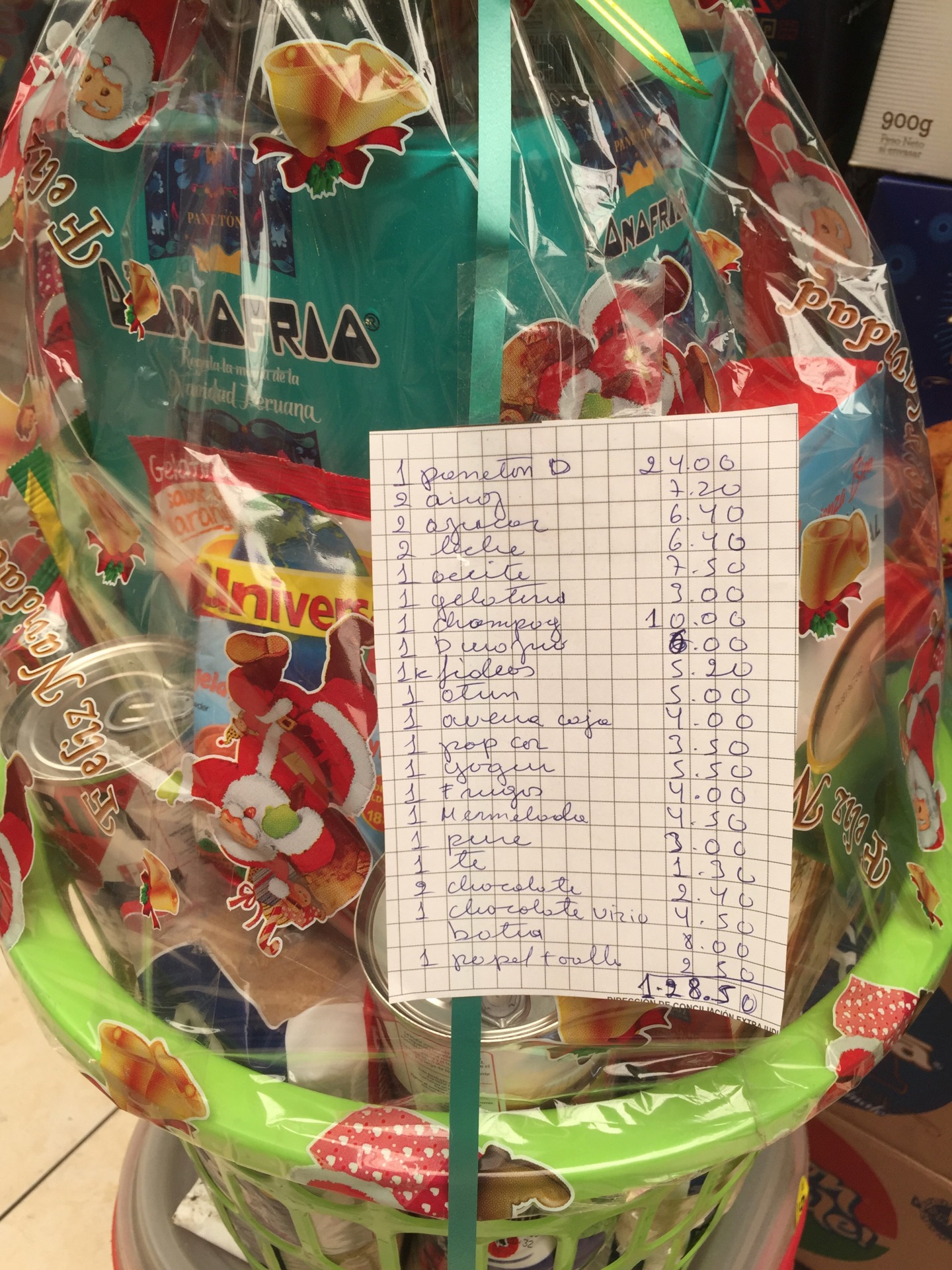Visiting Peru’s Colca Canyon, and More
Guest post by John Shaw
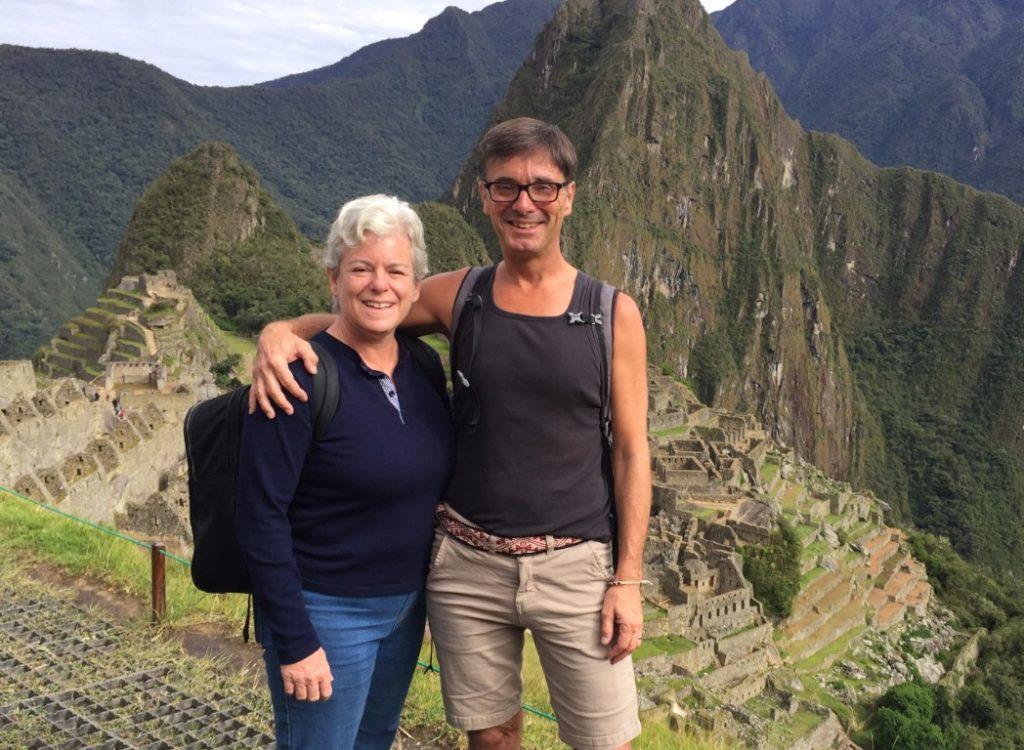

Peru’s Tourist Trail
When we think of Peru, Machu Picchu springs to mind. Dig a bit deeper, though, and a natural tourist trail emerges.
It starts at Lima, a typical jump off point (with its rich cultural and culinary heritage), then runs south along the coast to Huacachina (a desert oasis) and on to the Nazca Lines, before going up into the Andes to Arequipa (Peru’s second largest city), past the Colca Canyon (twice as deep as the Grand Canyon), to Lake Titicaca on the Bolivian border (with its famous reed mat islands), and finally north along the spine of the Andes to Cusco, the Sacred Valley, Rainbow Mountain, and Machu Picchu. There is even a hop on hop off bus that simplifies the planning for tourists in a rush to “do Peru” and not miss highlights! Most visitors never go as far north as the Peruvian Amazon – another fabulous, if hard to reach, destination.
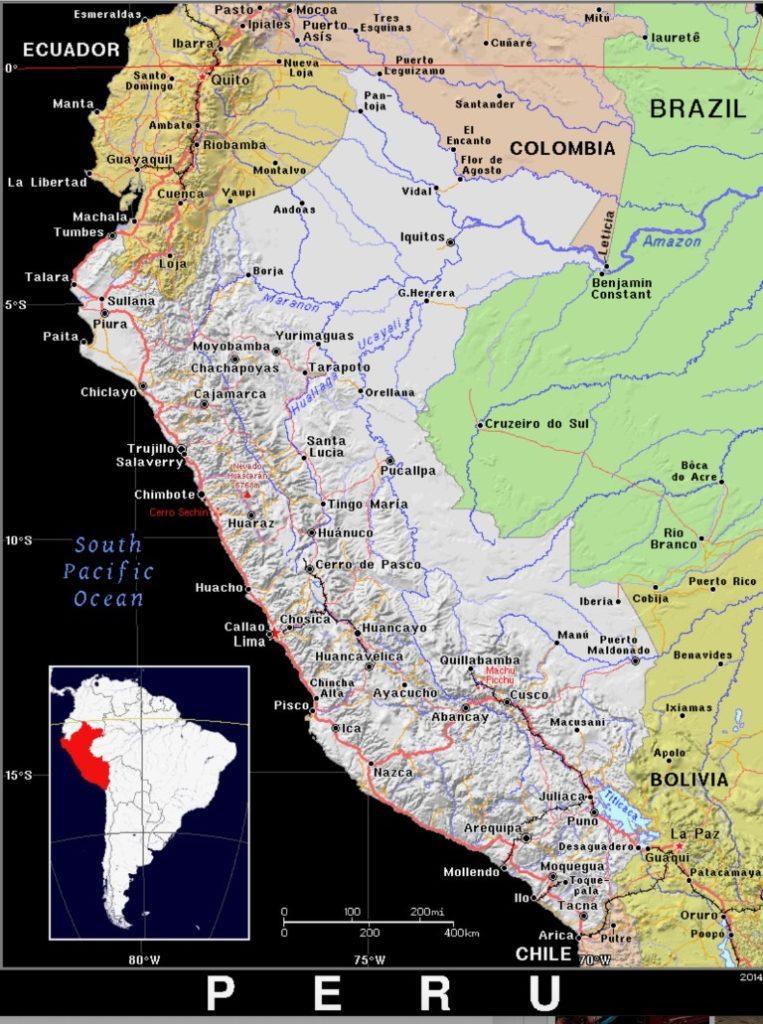
Tema and I aren’t ones for rushing. We spent three months in Peru during 2018-2019. During that visit we were based in the San Isidro district of Lima. From our apartment on Avenida Arequipa we had spectacular views of the city, fireworks events, and daily life on neighbouring streets below. We spent most of our time in Lima. Our schedules overflowed with Spanish classes for Tema; work for me; superb restaurants; museums; ocean cliff rim walks, bike rides and runs; workouts with our trainer Diego in the Parque Oliveras where Tema learned to box; visits from family and friends. We did take short trips directly to high profile destinations (Cusco – Sacred Valley – Machu Picchu, Paracas-Huacachina) and lesser-known ones including an obligatory trip to the beach on New Years Day, and a hike to Catarata Palakala – a waterfall on a nearby mountain, a surfing lesson for me and an ultralight ride for Tema. Tema had a medical issue and missed out on a dugout canoe trip from Iquitos on the Peruvian Amazon. She didn’t get to swim with piranhas, hold a sloth in her hands, or explore indigenous culture there with me.
You can read about that first visit to Peru in the following articles:
- The Secret Symphony of the Streets of Lima, Peru
- Christmas in Lima, Peru
- 6 Essential Incan Ruins near Cusco, Peru
- Machu Picchu & Pisac, Peru
- Farewell Peru
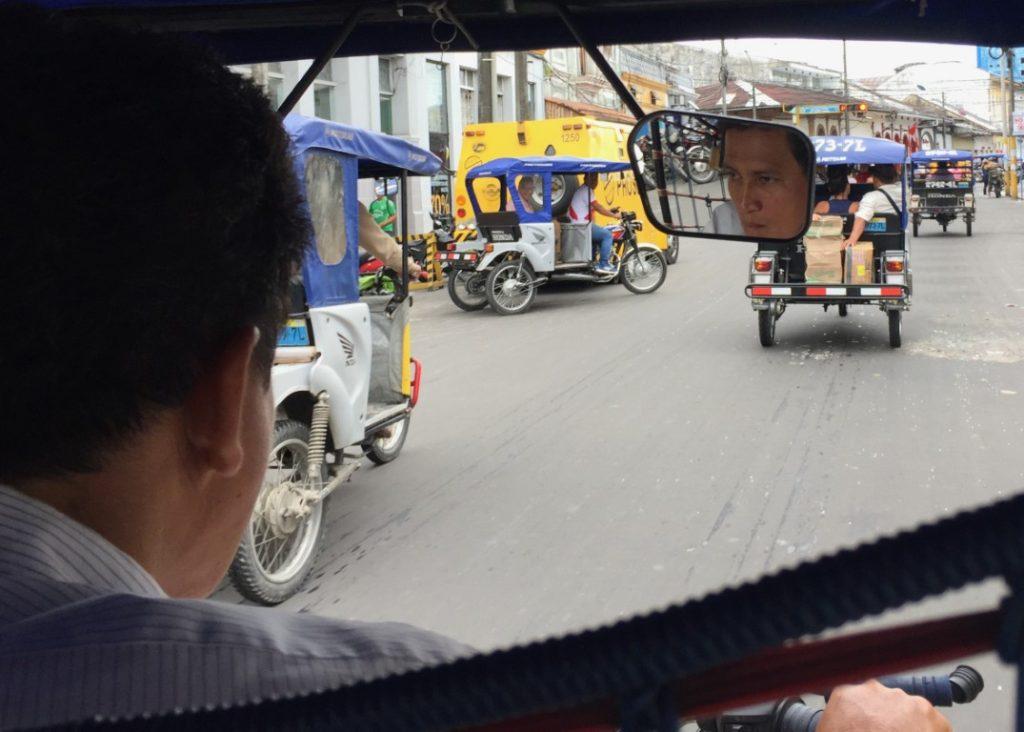
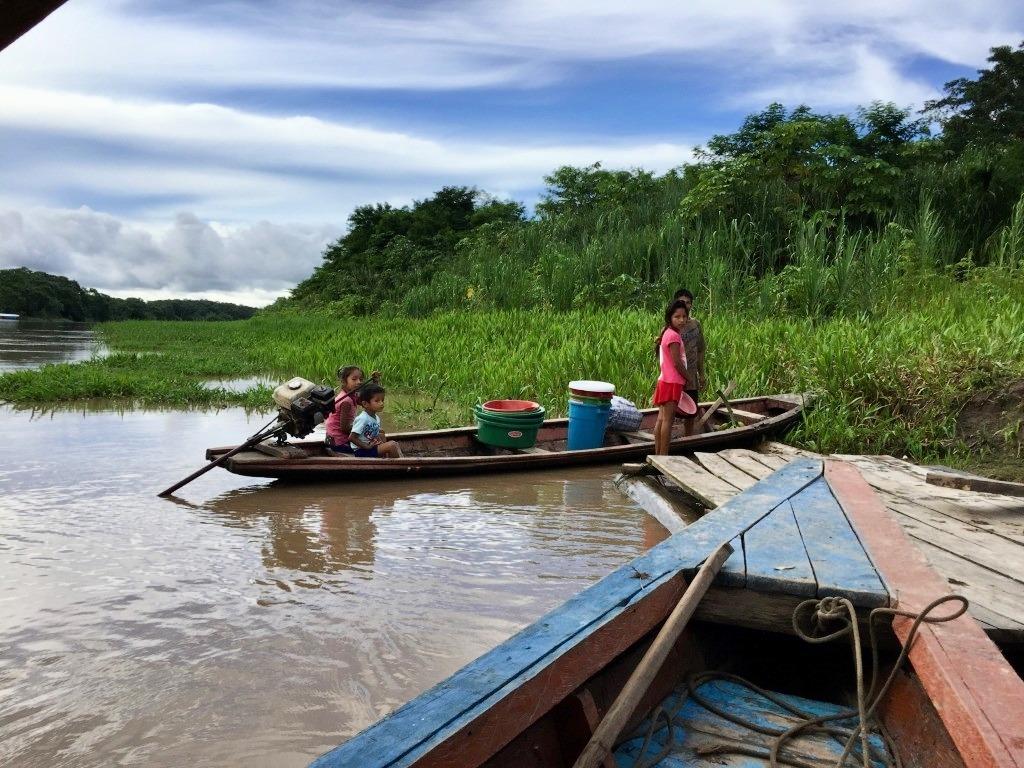

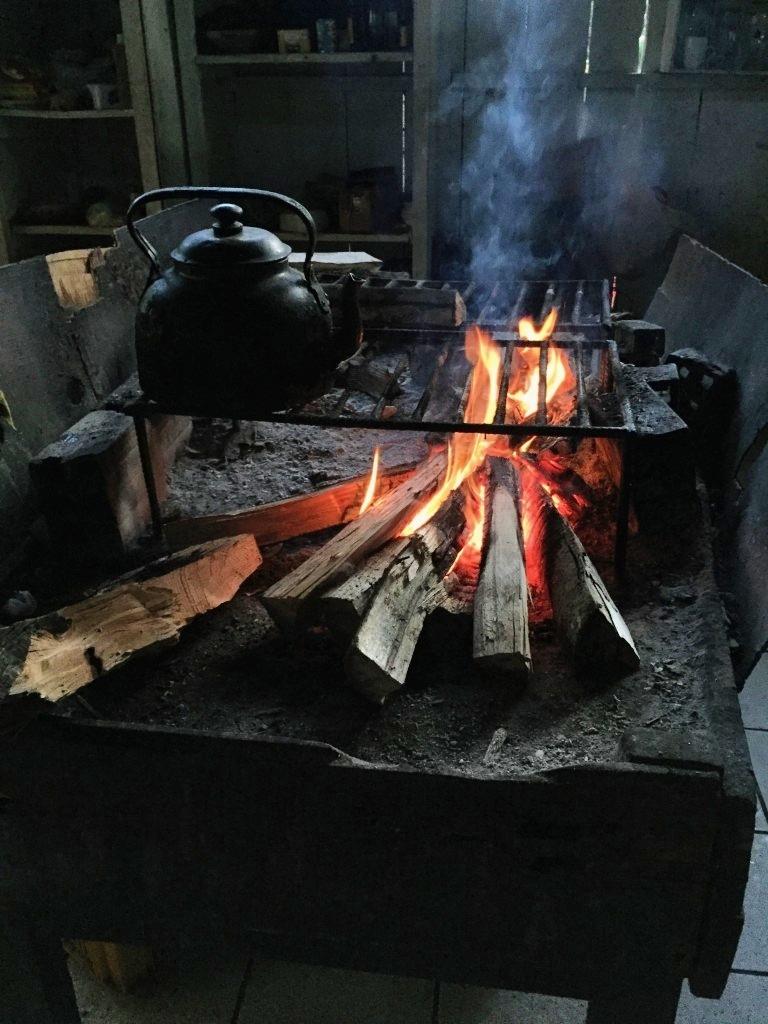
My work took me to universities all over the country from Piura (on the north coast) to Iquitos (along the Amazon) to Puna (on shore of Lake Titicaca in the south) to Ayacucho (the epicentre of the Shining Path movement).
We knew there was more for us to see and do in the country when we returned to Peru in March and April 2025 for a second long-term visit. We chose Arequipa, in the far south of the country, as our base for a five-week stay. We only spent our final afternoon and evening in Lima before flying back to Canada.
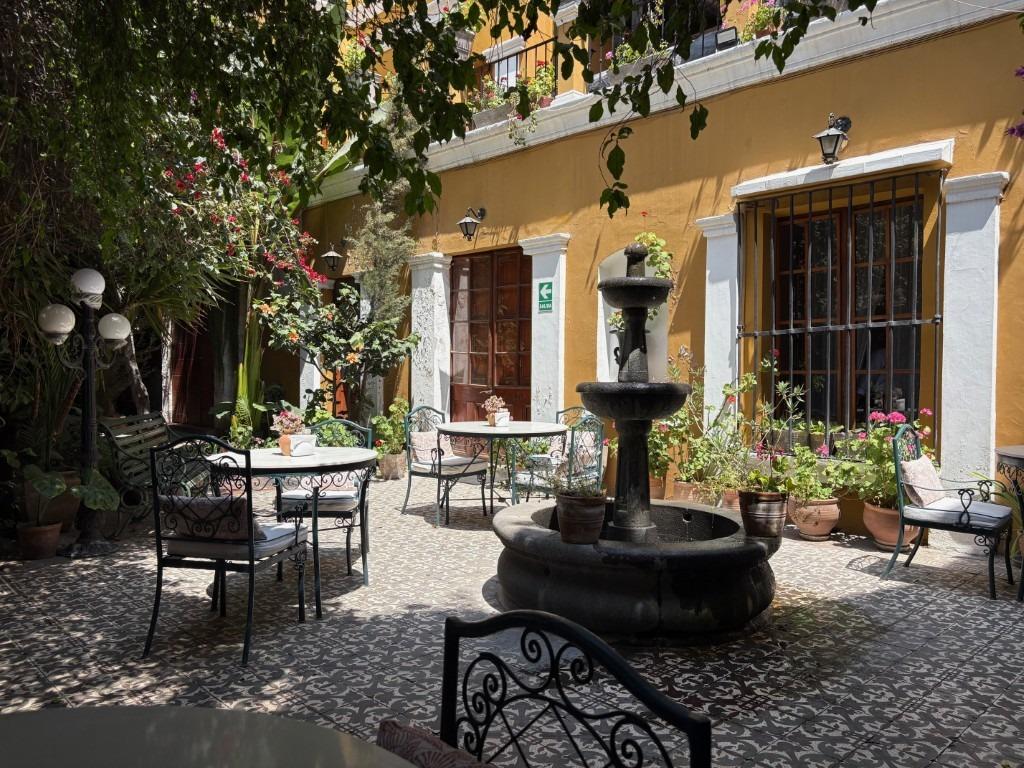

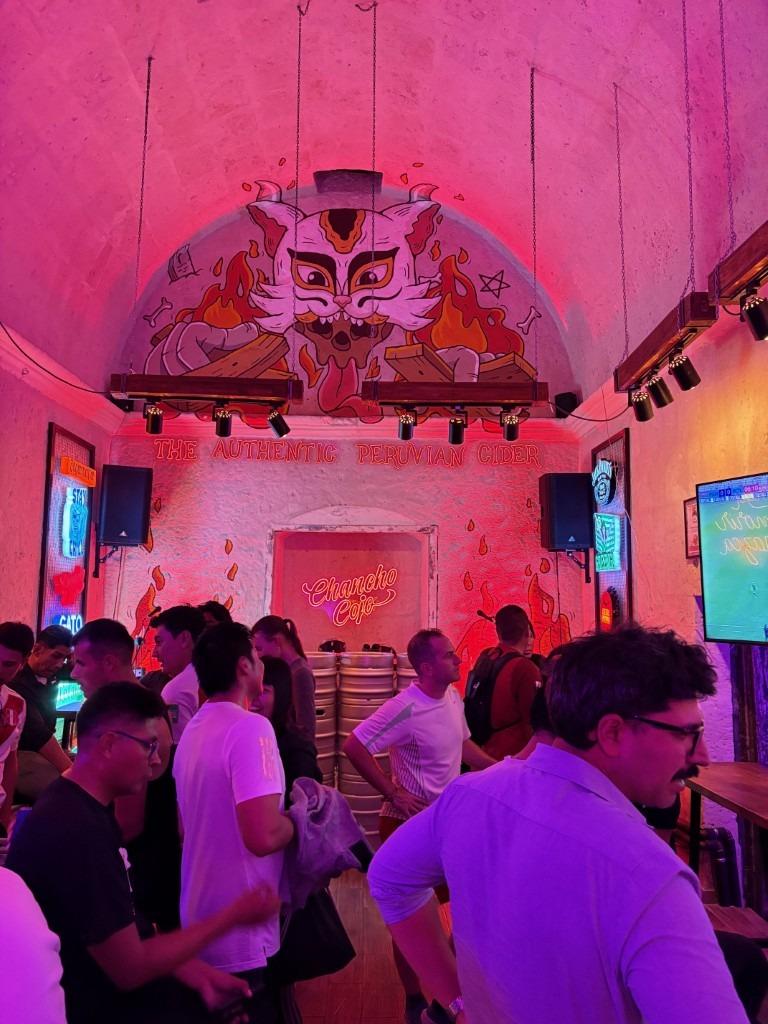
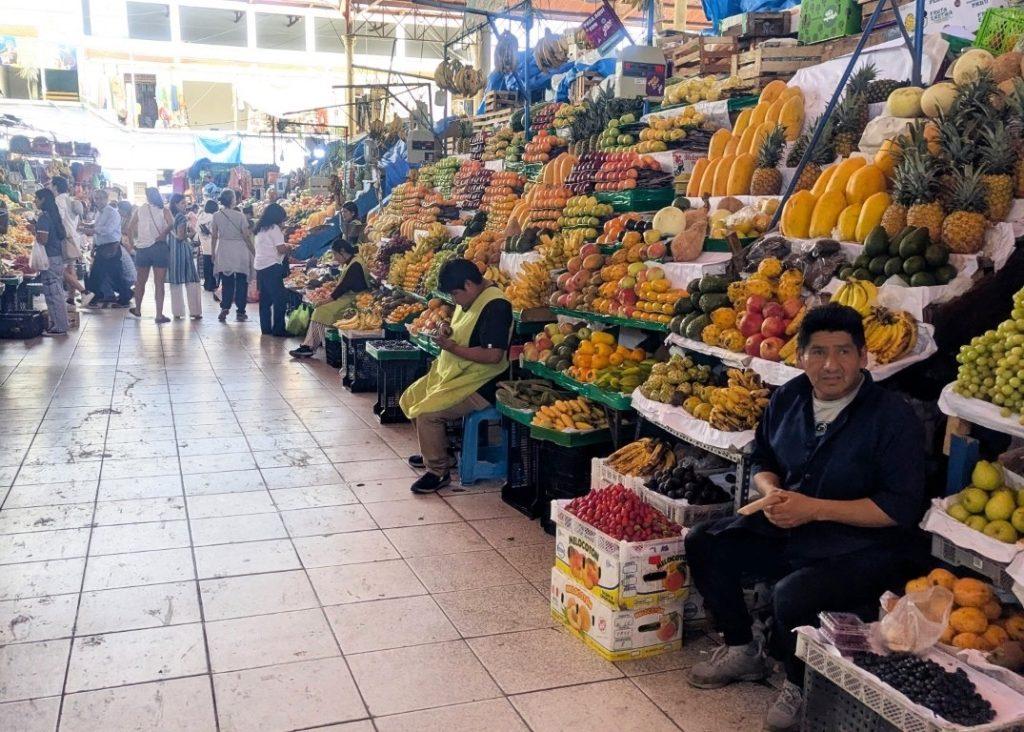
Once we acclimatized to Arequipa’s elevation (2450 m) it was time to go beyond our city centric life: el Centro Historico walks, outdoor Spanish classes, museums, restaurants, local markets; and to become more active! I ran on my own, mountain biked with a guide, and joined BeerRunArequipa for one of their nighttime 5 km runs. The group starts at a park and ends at a bar to watch a professional soccer match on a big screen – oh and to party! In between, the 100 or so runners thread through or block traffic on narrow streets in the Centro Historico at a fast clip! The group is much like the Hash House Harriers but without the ritual – and their runs are shorter.
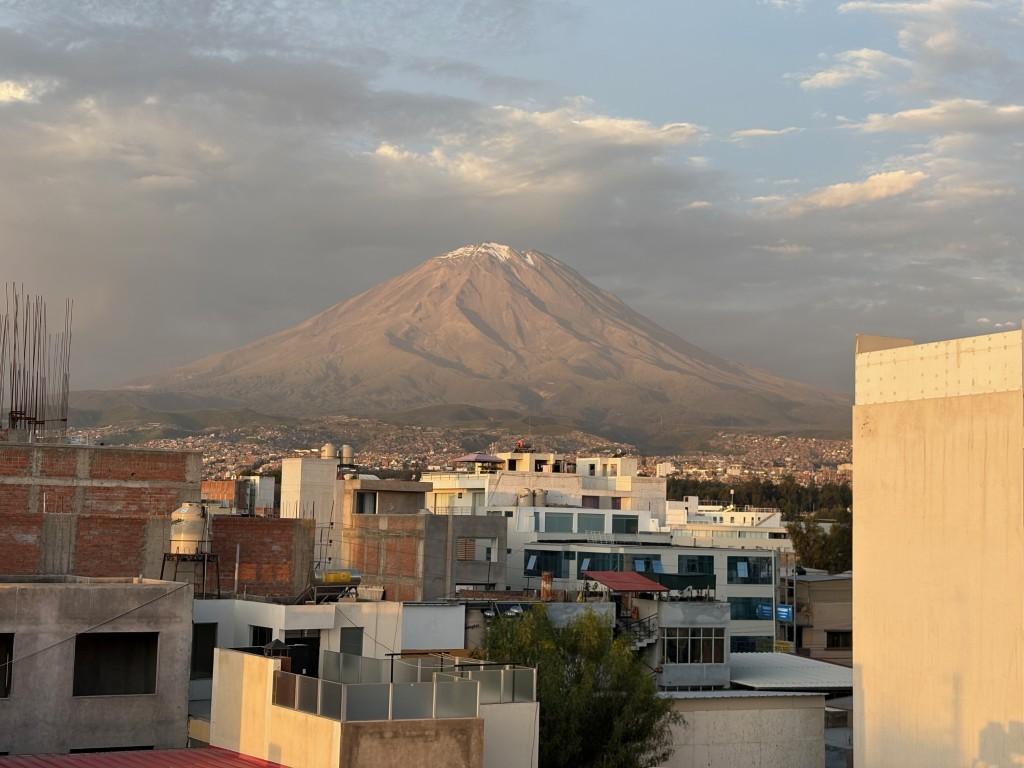
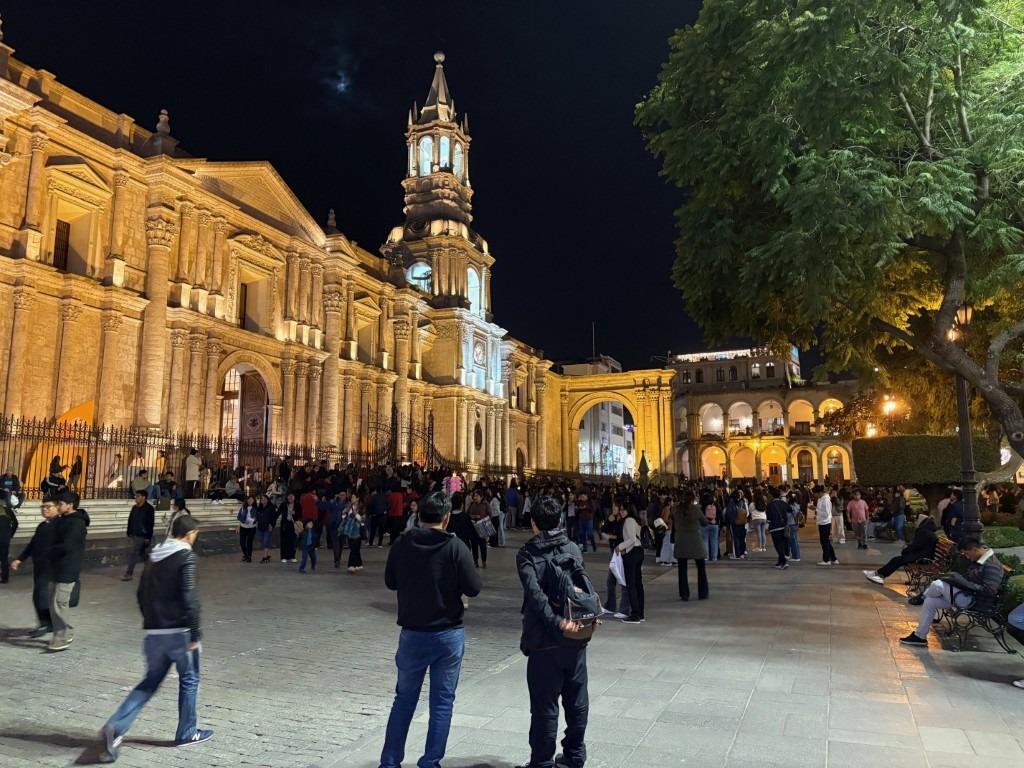
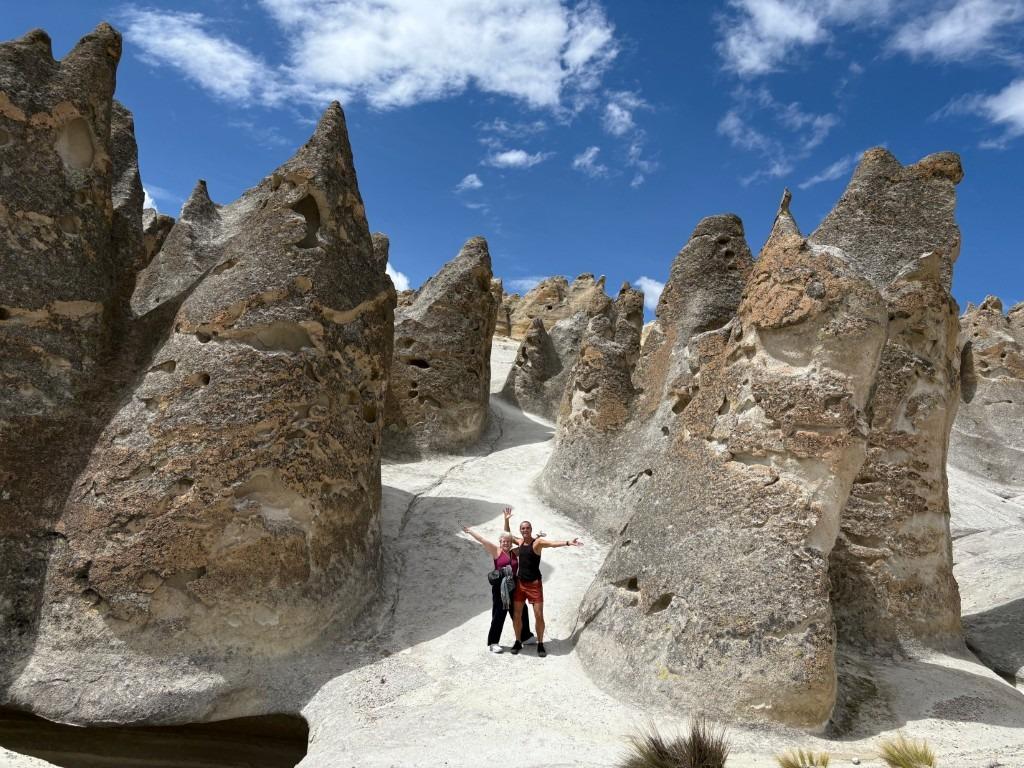
Outside of Arequipa, Tema and I did a walking tour together of the Stone Forest (4500 m) and a South American Camelid Reserve (just shy of 5000 m). We were a bit lightheaded at times, but our breathing was passable. I also booked a turnkey three-day hike down, along, and back up and out of the Colca Canyon. I only had to carry a daypack – extra clothes, water and snacks. Everything else was provided. Tema, spurred by my enthusiasm, chose to look down into the canyon from the rim on a very-long one-day van tour. The Colca Canyon is much less well known than many other Tourist Trail stops in Peru. I’ve highlighted it here for that reason.
Colca Canyon Tour Day 1
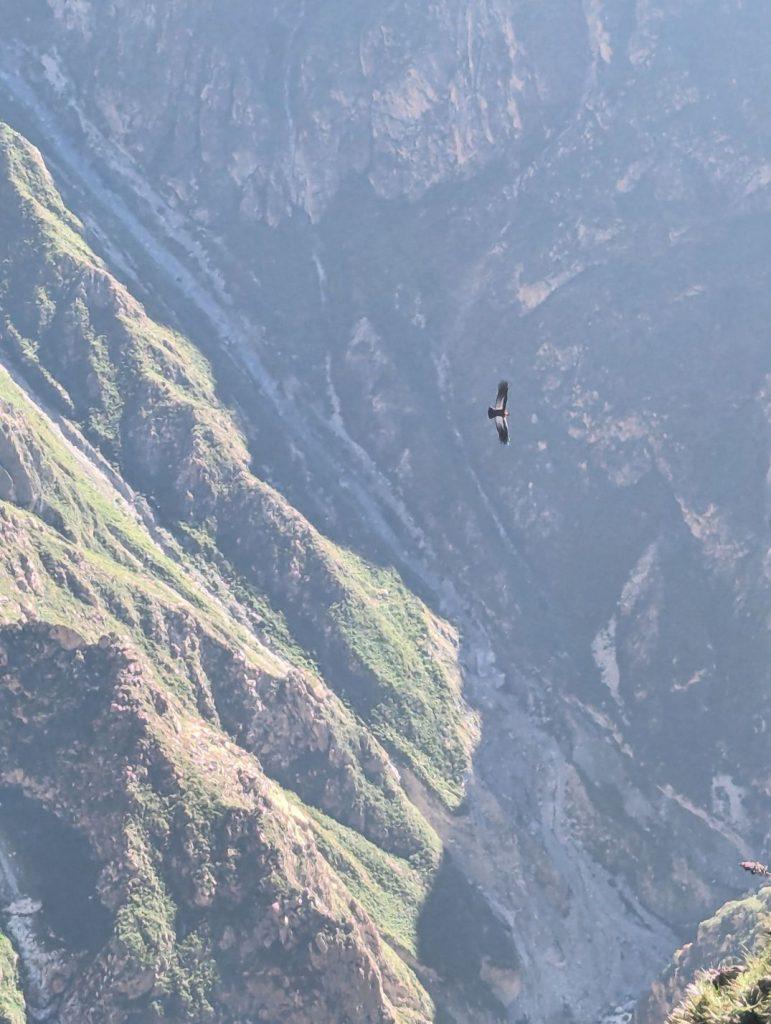

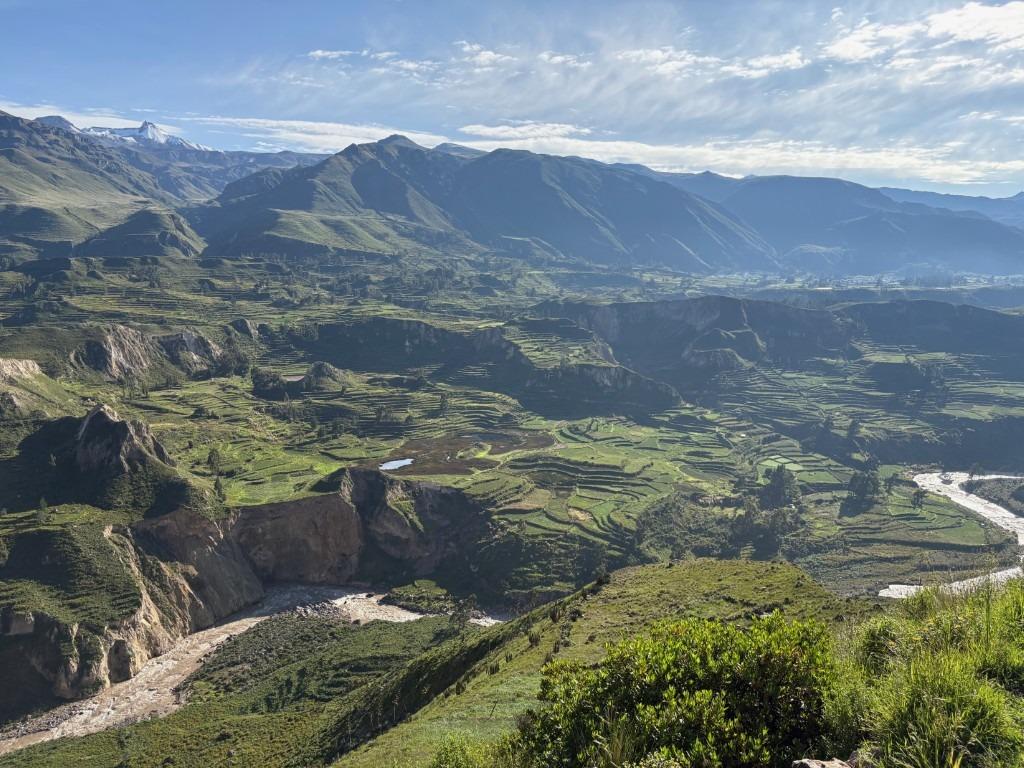
I was out the door of our apartment in Arequipa to catch a van at 0330. Tema woke me at 0230 as she left to catch her van for her one-day tour. Just as well. I got a text at 0247 asking where I was staying. During a nearly 4 hr van ride to Chivay, for breakfast, my tour stopped at “Condor’s Cross.” There, my group and Tema’s collided.
I trekked (~ 8 km and ~ 1000 m) down into the Colca Canyon to Posada La Gloria (in the tiny village of San Juan de Chuccho) for a late lunch, dinner and overnight. The descent was steep. The views were spectacular. I was tired by the time I arrived from the lack of sleep as much as anything!
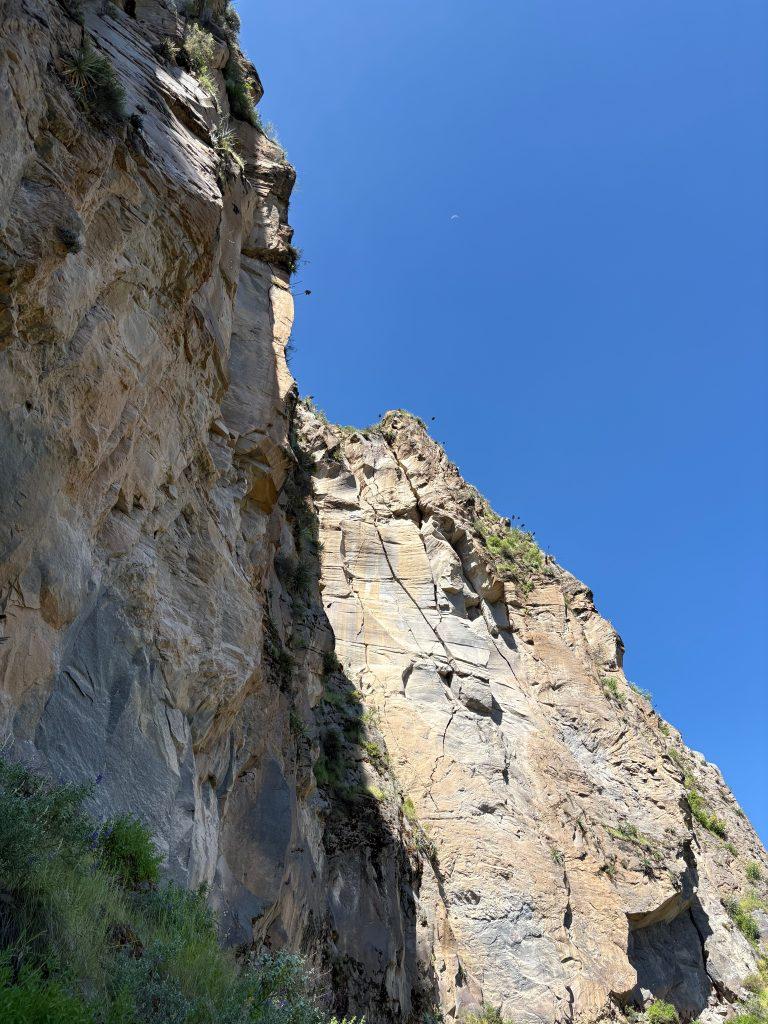

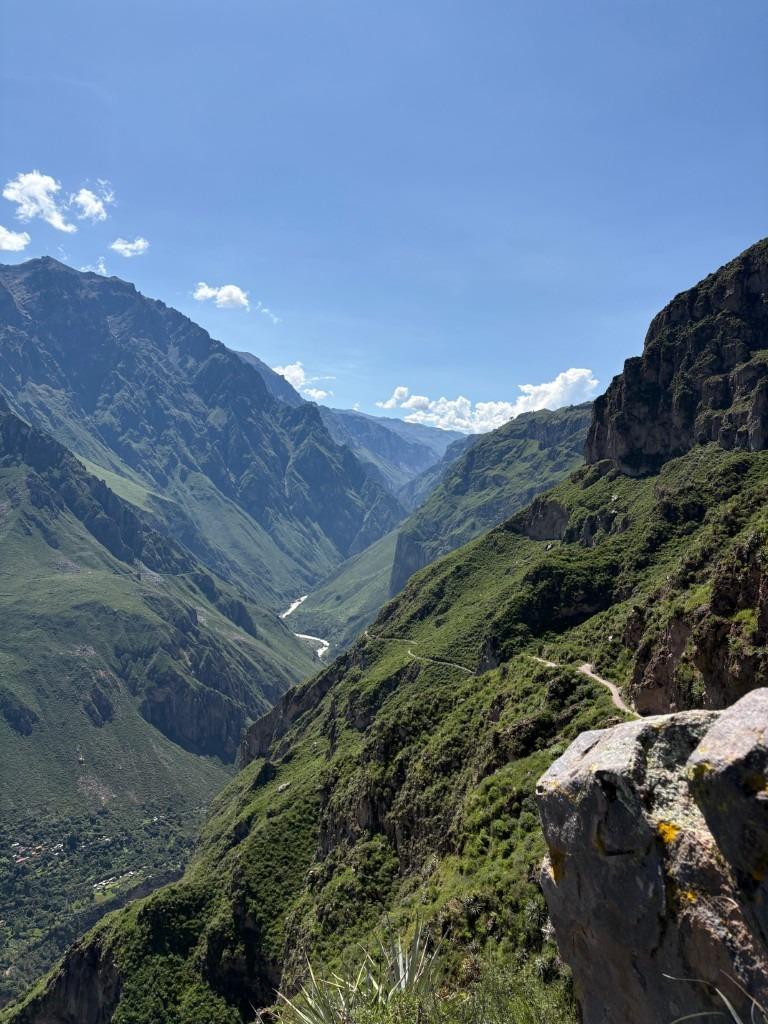
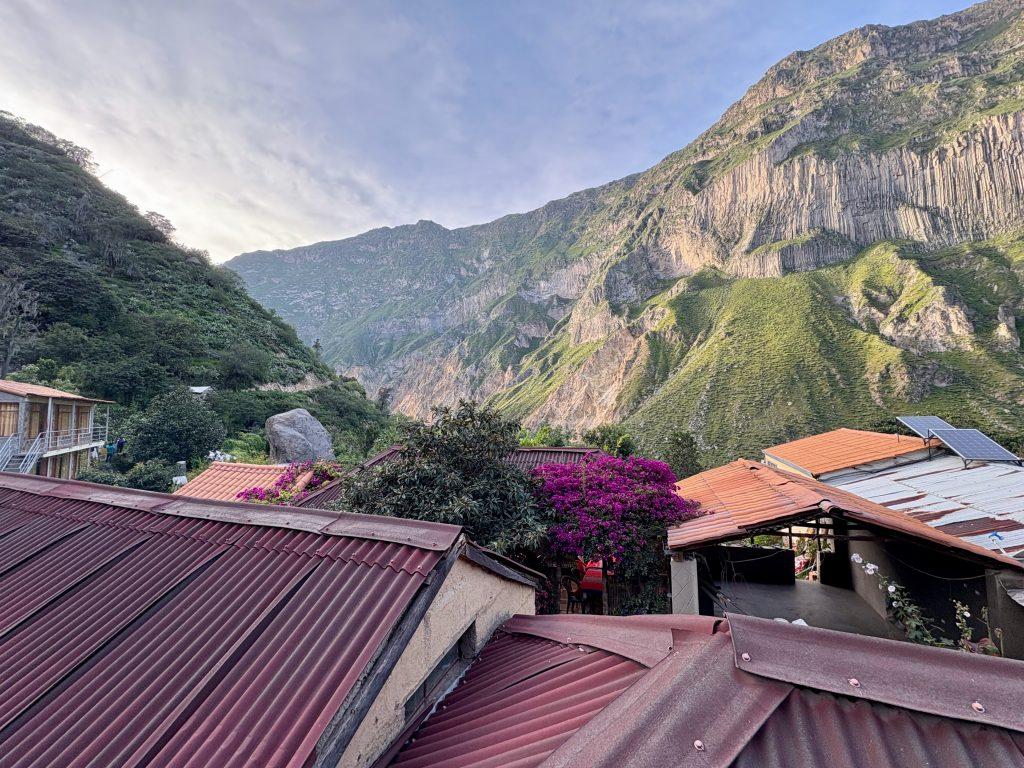
The posada had rudimentary individual rooms, sparklingly clean shared shower and toilet blocks, all set in a lush garden with superb views of the canyon wall we had descended. We could only make out the last switchbacks of our trail as it approached a suspension bridge below the posada. The rest of our trail was in front of our eyes, but not discernible on the cliff face. It wasn’t obvious how we got down.
The garden had fig, lime, pomegranate, and enormous avocado trees. Carrots, beans and potatoes grew on nearby terraces. The sweet peppers, eggs, bread, chicken and alpaca meat were also local. We ate at communal tables on a patio with a shed roof but otherwise open the elements. Even the chili sauce was homemade and almost too spicy for tourists.
I picked and then shared a couple of pomegranates with other guests (from Brazil, Poland and Germany, who were hiking independently) on the lawn before dinner. I grabbed another to share with my group after dinner. We were eight altogether. Our guide Fernando, Richard and Christopher from London (thirty somethings on a two-week honeymoon), Samuel and Fria from Denmark (a young couple on a gap year – really 3 or 4 years – and a bit aimless – on a long-term trip), Louisa and Emma (two recent pastry chef graduates from Germany also out for a year-long trip), and me. They were an engaging group to hike with. All were young enough to be my children. The tour operator had set an upper age limit of 60 for the hiking trip. I commented on my age (65) when signing up but also indicated my half marathon time. I needn’t have worried. I was the fittest of our group (other than our guide who does the trek once or twice per week).
The posada was run by a couple in their 60s. They are helped by one of their mothers, an ancient woman in traditional dress. She’d hobbled down the afternoon we were there, walking stick in hand, her apron laden with beans. She sat and chatted with our guide and the couple (while shelling favas) as they prepared dinner for 40 guests in a small and primitive open-air kitchen. It was an inviting scene. I joined in for a bit and was welcomed. Sometimes they prepare lunch for 80 guests. Everything from potato peeling to clean-up is done by hand. Simple hyper-local food made with pride and a sense of tradition.
I took two Coronas and a bottle of water from the communal fridge over the time I stayed there. 15 soles each for the beer and 10 soles for the water – transported down from the canyon rim on mules. Our hosts were laid back about payment and engaged with clients (all foreign while we were there) with smiles and snippets of conversation in Spanish. The wife (clearly the boss) even corrected my Spanish very gently before I left. It was a ser vs estar error. I make them often. We both laughed.
Colca Canyon Tour Day 2
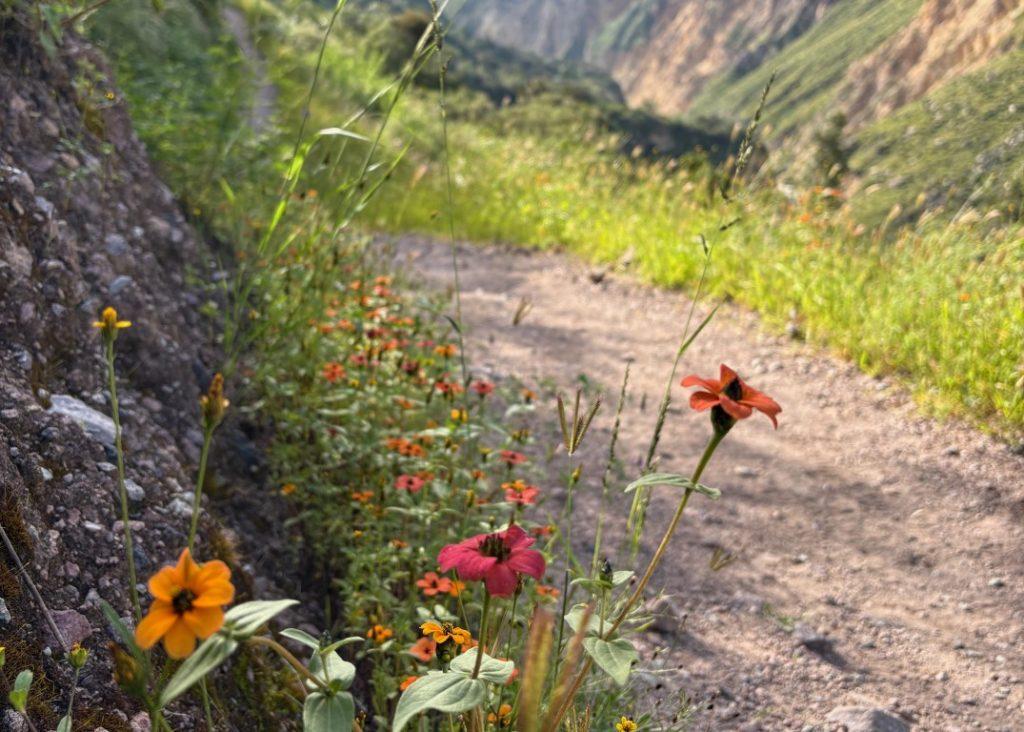

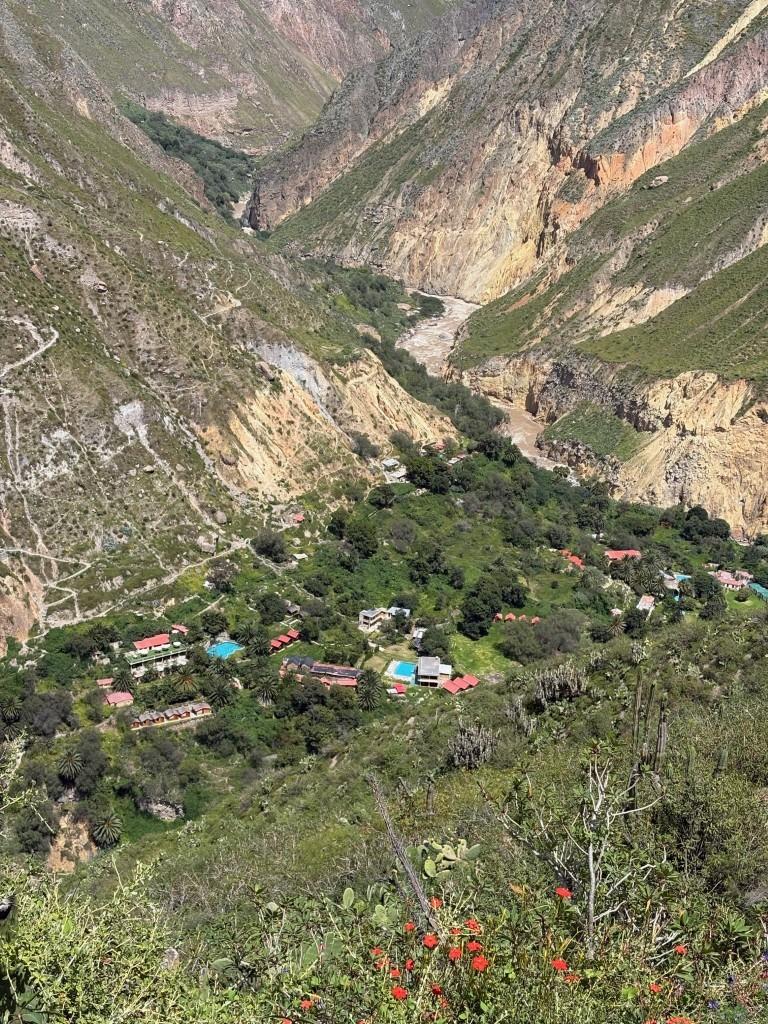
We set out after an early breakfast. At first, we hiked on a near-level flower-lined trail. Just before we entered Cosñirhua, our first village of the day, the trail rose sharply, and we were faced with a floor to ceiling window of a closed shop reflecting a hierarchy of hikers’ needs. Imagine a floor to ceiling bookcase. Toilet paper, sanitary napkins, salty potato crisps were on the top shelf. Soap, toothpaste and chocolate on the second self. Water, colas, and booze were on the lowest shelf.
In and near Cosñirhua we saw tombs in the cliffs, terraces, and other traces of Incan and Pre-Incan cultures. We walked on to Malata, a larger village with an old Spanish style church. The village was just barely accessible by “road”. Think adapted trucks and dirt bikes. From Malata we descended a steep and switch backed trail to Sangalle Village (an oasis fed by hot springs at the base of the canyon) for lunch, dinner, and overnight.
The hike was much more relaxed than on Day 1 (8 km or so with 200 m uphill and 500 m downhill). We arrived well before noon. Our early start was intended to avoid the heat of the day while hiking. Lunch wasn’t until 1330. The food was not memorable. We sunned on deck chairs around a hot spring fed pool, rested, read, chatted, napped. I listened to music. Others played card games. We also made some use of the internet trickle. Having wiled away the afternoon, we had cocktails before dinner at 1900. The soup was good but the main dish, cheap pasta with canned sauce and a few strands of melted cheese was not. I much preferred Posada La Gloria.
Colca Canyon Tour Day 3
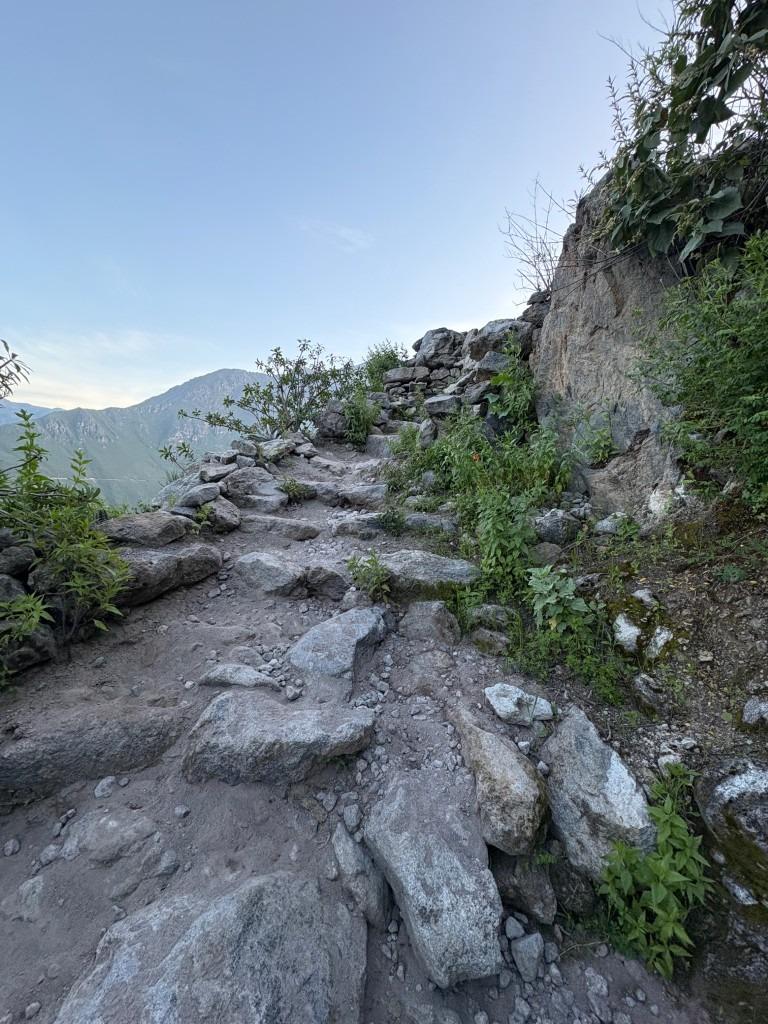
I was up and outdoors by 0330. I had lots of time to view a dramatic display of the Milky Way framed by the walls of the canyon on a cloudless night, before we began a 3-hour ascent to Cabanaconde at 0400 (1100 m up over 6 km). Headlamps and cell phones lit our way at the start. My group and others made for an odd sort of procession on the rocky and loose gravel switchbacks. By 0545 there was enough light to see unaided. We then went at our own pace to the rim of the canyon where Fernando asked us to wait for him. On the hike up we became hot and sweaty even though we were moving slowly, and the air was cool. No one hired a donkey for the assent that morning. However, Fernando had told us a story over dinner the previous evening about an American who struggled going down into the canyon. On the second day he realized he wouldn’t be able to the climb out. Because of his weight, he had to hire three donkeys. Each one carried him for at most 10 minutes at a time in rotation to get him up and out!

At the canyon rim it was windy and cold. The sun hadn’t quite reached us. I stripped off my soaked muscle shirt, and put on a dry long sleeve top, a hoodie and long tights. I was the first customer of a doll-like indigenous woman dressed in multi-layered traditional clothing topped with her community-specific felt hat. She sheltered on the lee side of an enormous boulder next of the trail. We saw her as we emerged from the canyon. She was surrounded by snacks, fruit, trinkets, and, as it turned out, hot drinks (instant coffee, tea, coca). She blessed me and thanked me for being her first customer of the day before handing me a coffee and a banana for just 5 soles. Heartwarming. I encouraged others to buy! Her intent perhaps? There were several of us waiting for members of our respective groups. I made more than a few sales!
After breakfast in Cabanaconde, we hung around on the street in front of the indigenous home where we had eaten – warming up in the sunshine and awaiting our van. I became absorbed by village life. Moms pulling tiny, uniformed kids to daycare. One young boy clutched his Spiderman action figure to his chest while his other hand was stretched above his head by his mom guiding him quickly along. A woman walked by with a llama and a lamb on leashes. She was taking them to a field for the day. Mules at the roadside blocked a truck trying to get by.

When our van arrived, we were off on a conventional “bus tour”. It included: an hour at a hot spring (an experience I could have skipped); a buffet lunch at Chivay; whistle stops in a National Reserve and Pampa Cañahuas, to see llamas, alpacas, vicuñas, and guanacos, and to admire the Chachani, Pichu Pichu, Misti volcano peaks. I got dropped off shortly after 1600. Over dinner, Tema and I swapped our thoughts on our Colca Canyon tours and on our time in Peru more broadly.
Thoughts on Arequipa, the Colca Canyon and Peru
The Colca Canyon hike was a great experience for me. Despite the long days with early starts, I’m glad I chose a tour, for the company while hiking and at the posadas, and for logistical support. I’m also glad that I speak enough Spanish to have had meaningful encounters with local people and not just fellow tourists for whom English and sometimes French are common languages. If I hadn’t been travelling on my own though, I’d have hiked independently. Turn-key, pre-packaged experiences aren’t generally for me. Also, the hiking is not as challenging as I had expected – especially with a light pack. The routes are well-marked. There are lots of places to buy necessities along the way. There are many routes/villages to explore. Posadas, normally include meals, and can be booked online. Whether you hike into or just visit the Colca Canyon, it is easy to see why it is on the Peruvian Tourist Trail. For those who find the hiking too ambitious, the one-day bus tours are an option. However, Tema concluded that the ratio of bus time to spectacular viewing time didn’t justify the 0230 start and 14-hour total tour time.
While we enjoyed our time in Arequipa, it turns out we really are big city people. If we were to return to Peru, we’d focus our visit on daily life in Lima – an underappreciated cultural and gastronomic gem – and include quick visits to see the Nazca Lines and perhaps Rainbow Mountain (we’d need to think carefully about altitude acclimation for a hike at 5000 m). We could easily envision living in San Isidro again or in Miraflores or Baranco for extended periods. This perspective was reinforced during the afternoon and evening spent in Miraflores just before our flight home. We were both nostalgic as we gazed out onto the Pacific Ocean in a gentle mist at sunset, and walked from Parque del Amor to a superb dinner at Ortega and Huamán. Perhaps “if we return” should be replaced with “when we return”!
